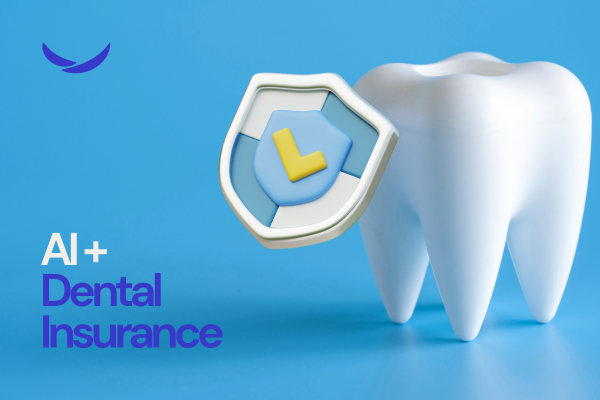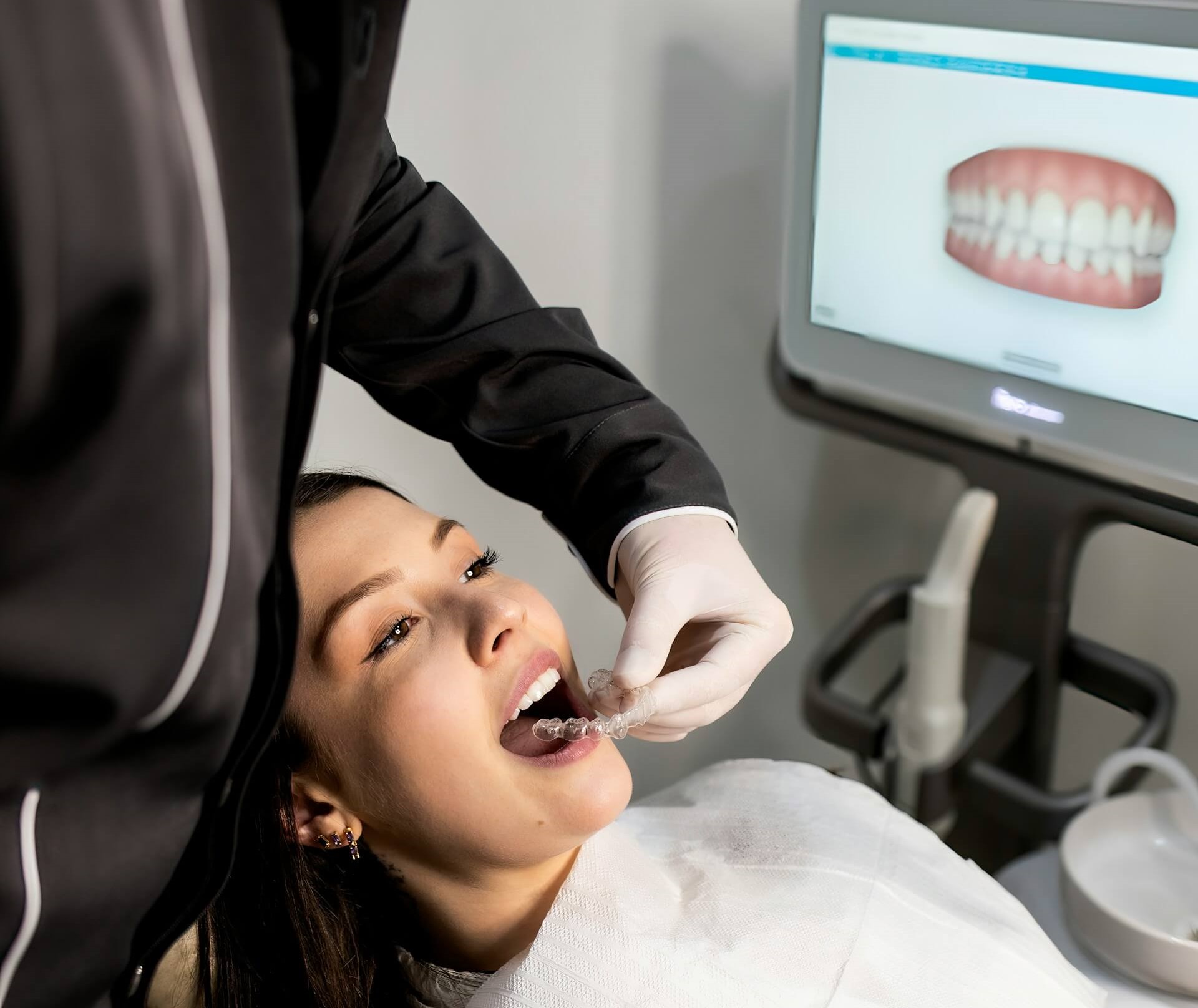What is Dental Malpractice?
Dental malpractice involves more than routine errors or complications; it represents a breach of duty that directly results in harm. Four key elements must be present for a claim to succeed:
- Duty: The dentist owed a professional obligation to the patient.
- Breach of Duty: The dentist failed to meet the required standard of care.
- Causation: This failure directly caused the harm.
- Damages: The patient suffered measurable injury, whether physical, emotional, or financial.
According to a study analyzing 4,149 dental malpractice claims in Spain from 2000 to 2010, 40% of the cases were attributed to errors in diagnosis or technical execution, while 40% were complications, and 20% were accidents.
Common Causes of Dental Malpractice
Malpractice often arises from diagnostic, procedural, and communication errors. Diagnostic failures, such as misdiagnosis or delayed recognition of oral diseases, can lead to unnecessary treatments or worsening conditions. Procedural errors, including nerve damage, perforations, or improper implant placement, are common. A study found that implantology, endodontics, and oral surgery were the most frequent specialties involved in adverse events, comprising 25.5%, 20.7%, and 20.4% of cases, respectively.
Another critical area is informed consent. Patients have a right to understand treatment risks, benefits, and alternatives. Inadequate communication not only erodes trust but also increases the likelihood of disputes.
The Role of AI in Preventing Dental Malpractice
Artificial intelligence (AI) offers transformative potential in reducing errors, enhancing diagnostic accuracy, and promoting ethical compliance in dental care. While most current research focuses on medicine broadly, the principles of AI can be applied to dentistry in the following ways:
- Enhanced Diagnostic Accuracy: AI algorithms can analyze vast amounts of data to identify patterns and provide recommendations. In dentistry, this could mean analyzing X-rays and CT scans to detect early signs of cavities, periodontal disease, or tumors that might otherwise go unnoticed. By leveraging AI’s ability to process data rapidly and accurately, dentists can improve diagnosis and provide earlier intervention.
- Improved Treatment Planning: AI tools can assist in creating individualized, evidence-based treatment plans by analyzing patient history, images, and other relevant data. These algorithms can predict outcomes, recommend medications, and offer personalized instructions, helping dentists choose the best treatment options for their patients.
- Reduced Errors: AI-driven systems can reduce human error by providing data-backed recommendations for procedures such as implant placement or medication dosages. By acting as an auxiliary tool, AI enhances precision and safety during complex dental treatments.
- Risk Management and Malpractice Prevention: By analyzing past cases and identifying patterns in malpractice claims, AI can help predict risks and suggest best practices to mitigate errors. Dental practices can use AI insights to implement preventive measures and improve patient safety, minimizing the likelihood of malpractice claims.
- Ethical Compliance: AI can monitor and analyze patient data to ensure compliance with ethical standards, privacy laws, and clinical guidelines. It can also identify potential biases in decision-making, ensuring equitable care for all patients.
Challenges and Considerations for AI in Dentistry
While AI holds significant promise, there are challenges that must be addressed:
- Opacity and “Black Box” Nature: AI often operates as a “black box,” making it difficult to understand how recommendations are generated. This lack of transparency complicates liability in cases of error.
- Data Quality and Bias: AI models require high-quality, representative data for training. Poor or biased data can lead to inaccurate recommendations, underscoring the importance of rigorous validation.
- Liability and Standard of Care: As AI adoption grows, dentists may face liability for failing to use AI tools or for disregarding AI recommendations. Establishing clear guidelines for AI use in dentistry is essential.
- Informed Consent: Patients may struggle to understand AI’s role in their care, making it crucial to ensure transparency and effective communication about how AI influences treatment decisions.
Implications of Dental Malpractice
The consequences of malpractice are severe:
Patients: Physical harm, such as nerve damage or significant bone loss, emotional distress, and financial burdens are common. In the Spanish study, 29.4% of cases resulted in tooth loss, 18.3% in permanent nerve damage, and 10.4% in significant bone loss.
Professionals: Legal proceedings, reputational damage, and increased insurance premiums are just a few of the professional consequences. For systemic healthcare, malpractice claims drive up costs and contribute to defensive dentistry practices.

Preventing Dental Malpractice
To prevent malpractice, a proactive approach is essential:
- Evidence-Based Practices: Adhering to guidelines and protocols can reduce errors. For instance, 64.1% of adverse events in the study were deemed preventable.
- Effective Communication: Setting realistic expectations and obtaining informed consent are crucial for building trust.
- Detailed Documentation: Comprehensive patient records safeguard against disputes and improve continuity of care.
- Risk Management: Regular equipment maintenance and adherence to safety protocols can minimize preventable errors.
- Adopting AI: Leveraging AI for diagnostics, treatment planning, and error reduction can improve patient outcomes and reduce malpractice risks.
- Evidence-Based Practices: Adhering to guidelines and protocols can reduce errors. For instance, 64.1% of adverse events in the study were deemed preventable.
Conclusion
Dental malpractice underscores the critical importance of balancing clinical competence, patient safety, and ethical obligations. By incorporating emerging technologies like AI alongside evidence-based practices and effective communication, dental professionals can significantly reduce malpractice risks. While AI offers remarkable potential for improving accuracy and efficiency in dentistry, careful consideration of its limitations and ethical challenges is essential. Through proactive strategies and technological innovation, the dental community can continue to enhance patient care and maintain the trust of those they serve.
References
- Schweikart, S. J. (2020). Who will be liable for medical malpractice in the future? How the use of artificial intelligence in medicine will shape medical tort law. Minn. JL Sci. & Tech., 22, 1.
- Perea-Pérez, B., Labajo-González, E., Santiago-Sáez, A., Albarrán-Juan, E., & Villa-Vigil, A. (2014). Analysis of 415 adverse events in dental practice in Spain from 2000 to 2010. Medicina oral, patologia oral y cirugia bucal, 19(5), e500.
- Manca, R., Bruti, V., Napoletano, S., & Marinelli, E. (2018). A 15 years survey for dental malpractice claims in Rome, Italy. Journal of forensic and legal medicine, 58, 74-77.
- Corte-Real, A., Caetano, C., Alves, S., Pereira, A. D., Rocha, S., & Vieira, D. N. (2021). Patient safety in dental practice: lessons to learn about the risks and limits of professional liability. international dental journal, 71(5), 378-383.














